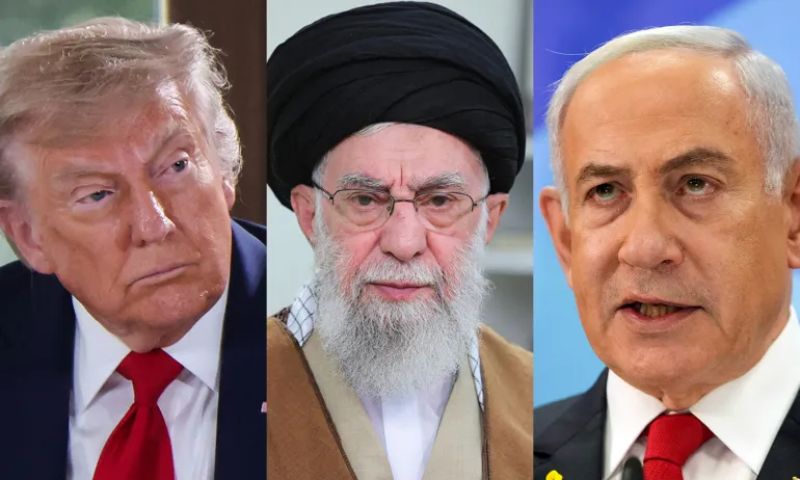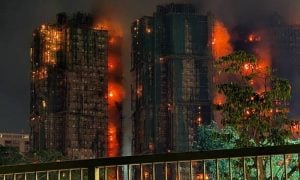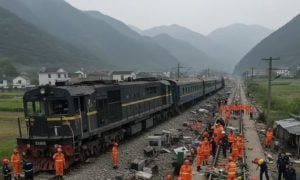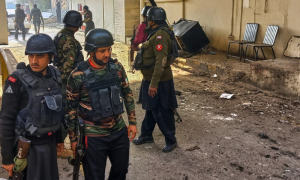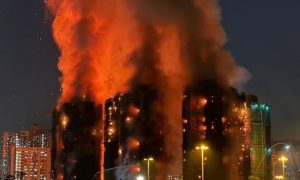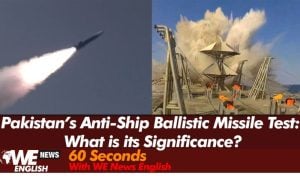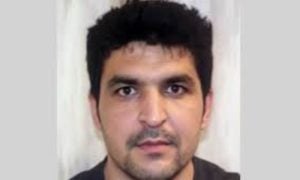Key points
- Given the Trump factor, much remains unclear what would happen next
- Even senior US officials and Congress members seem unaware
- Decision-making appears centralised within a small circle at the White House: AP
ISLAMABAD: A sudden ceasefire between Israel and Iran, following intense US strikes, has triggered speculation about the Trump administration’s next move in the Middle East.
With President Trump bypassing traditional national security channels, much remains unclear, even to senior officials and Congress.
The ceasefire, while fragile, has opened a narrow window for renewed diplomacy with Tehran, particularly regarding its nuclear programme.
“Now it’s time for us to sit down with the Iranians and get to a comprehensive peace agreement,” said special envoy Steve Witkoff on Fox News.
No one knows
However, decision-making appears centralised within a small circle at the White House, with even State Department officials and lawmakers left largely in the dark. Trump’s announcement of the ceasefire—and a surprising reversal allowing China to import Iranian oil—marked a significant departure from his earlier “maximum pressure” strategy.
Damage assessments from recent US and Israeli strikes suggest Iran’s nuclear programme has only been temporarily set back.
While facilities at Fordo, Natanz, and Isfahan were damaged, intelligence sources report they weren’t completely destroyed and could be rebuilt within months or years.
Witkoff claimed Iran’s uranium enrichment capability had been delayed by years, though the Defence Intelligence Agency offered a more cautious estimate.
Significant military capability
Despite the ceasefire, Iran retains significant military capability. Vice Admiral Brad Cooper confirmed to lawmakers that Iran remains a global threat, citing recent missile retaliation aimed at a US base in Qatar.
While Trump claims Iran’s nuclear ambitions are over, analysts question whether Iran is willing to permanently abandon its programme.










